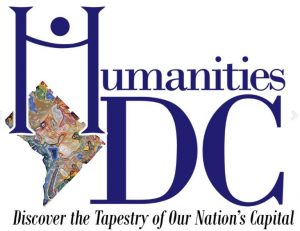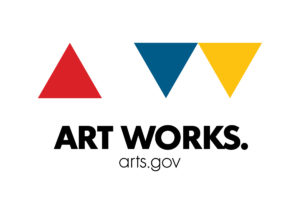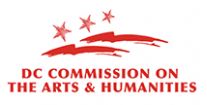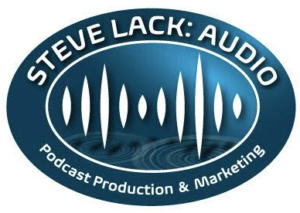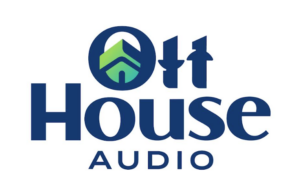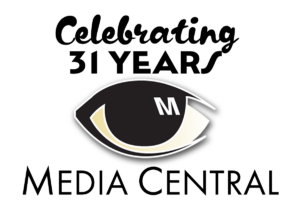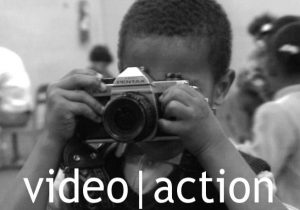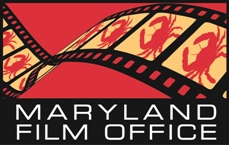By Matthew Radcliff
We had three speakers give their perspective and advice on Navigating Public Television. Kathryn Washington, from the Corporation of Public Broadcasting (CPB), started the evening by describing the public television system as a confederacy. There are many gatekeepers, but that also means there are multiple ways to get a documentary on air.
Each public television station is an independent entity and makes their own programming decisions. They are members of PBS, the Public Broadcasting Service, which functions as a TV network and supplys programs to the member stations. There are two other “networks,” the National Educational Telecommunications Association (NETA) and American Public Television (APT). NETA tends to handle more social issue docs and is very big on engagement with the audience. APT tends to handle more “how-to,” cooking, and lifestyle shows. The three networks broadcast shows via satellite, and then individual stations record those shows and fit them into their schedule.
PBS programs are the ones most people are familiar with; for documentaries, those are Independent Lens and POV. But these are not the only way for documentaries to be shown by PBS. Each night has a theme:
Tuesday is history, Wednesday is science and natural history, Friday is the arts, and Sunday is fiction (e.g., Masterpiece Theater, Downton Abbey). Thursday and Saturday nights are left up to each station to program. On the theme nights, stations are often looking to program something that fits the theme and complements the main program that evening. For instance, if a station programmer knows that The Last Days In Vietnam will be playing on Tuesday night (on American Experience), then she might look for another Vietnam-related documentary to pair with it.
Another source that station programmers have for content is PBS Plus. This is another distribution stream over the satellite to public television stations, and the programs often have a regional focus. Like NETA or APT, PBS Plus provides no money or funding to the filmmakers. Finishing costs need to be in place, but PBS can object to the funders if there is a conflict of interest, or even the appearance of a conflict.
For instance, if a documentary about a person is funded by the subject, or the subject’s family, PBS would likely object because the program doesn’t appear objective. Similarly, if a non-profit is funding a film about it’s own mission. Another panelist, Ramona Diaz, mentioned that her film, Don’t Stop Believin’ ,which had received crowdfunding via IndieGogo, was given a lot of scrutiny by PBS before being broadcast on Independent Lens.
They had to list every contributor and their connection to the filmmakers and film subjects. The bottom line is, if you are planning to use public television as a distribution strategy, give a lot of thought to your funders and their perceived influence on your film.
The CPB has also set up five “minority consortia” to promote diversity on and in public television. They are the National Black Programming Consortium, the Center for Asian American Media, Latino Public Broadcasting, Pacific Islanders in Communication, and Native American Public Telecommunications. Each consortium individually funds documentaries by and about their community. They typically provide production and post-production funding at varying levels. There may be funding for development of projects, but it is less common.
Our second panelist, Robyn DeShields, is a marketing and event management consultant with many years of experience. She spoke to the Roundtable about her work as a station relations expert. Robyn works for the producers who hire her to represent their film (or TV program) and tries to the film scheduled by public television stations across the country.
She is the buffer between the filmmaker and the station. There are 2400 hours of programming fed to the satellite every month, but each station only has 620 hours available each month in which to schedule programs. So a lot of films are going to fall through the cracks!
There are over 300 public television stations in the country, and each is independently programmed. They are all members of PBS, NETA, and APT, and pay dues to those organizations to use the programs they broadcast over the satellite. Some programs are termed “common carriage”, which means every station must show them at the same time, excepting multiple stations in a single market. For instance, every station shows Masterpiece Theater on Sunday nights at 9 PM.
Robyn works to make sure that the documentaries she represents don’t get lost among the many offerings available to programmers. She cautions that one-off documentaries are often programmed at odd times; Sunday afternoons at 2pm is not uncommon. And probably better than Monday morning at 2am….
To make the programmers aware of the programs she represents, she organizes events, sends out lists, and even hands out tchotchkes. It’s not public television without a tote bag, right? The main thing is, don’t ask for her help a day or even a week before your film is being sent over the satellite. That is not enough time to get a programmers attention, and even so, they are thinking three months or more down the line. In February, they are already planning programming for May. So give Robyn 4 months from broadcast, and you are better with 6 months. Also, stations might be more inclined to air a program if there is money and support for them to hold community outreach events based around that program.
When you are planning your distribution costs, make sure you factor in money for public television broadcast. From hiring a station relations agent and creating promotional materials, to paying the fees for one of the networks to upload your film onto the satellite, it costs money to distribute your film via public television. Also, you may need to pay a station to be your “presenting station.” Only member stations can add programs to the different networks systems. So an filmmaker will need to partner with an individual member station to be their “presenting station.” It may be your local television station, but it does not have to be. If you are based in Washington, DC, but making a film about a Navajo community, it might make sense for the presenting station to be located in Arizona or New Mexico.
Our last panelist was Ramona Diaz, whose films have all aired on PBS, through either Independent Lens or POV. She has also received funding from CAAM, the Center for Asian American Media, and ITVS, the Independent Television Service. Her most recent film, Don’t Stop Believin’: Everyman’s Journey aired on Independent Lens, but had been funded by investors and a crowdfunding campaign. Along with television distribution through PBS, she had a theatrical distribution deal (and DVD and streaming) with Cinedigm.
Ramona pointed out that funding from ITVS is not “funding” in the sense that we often talk about. It is a licensing fee, and you sign over your broadcast rights to PBS. ITVS will offer your film to either Independent Lens or POV, the two flagship strands for independent documentaries on PVS. In the past they’ve signed films at both 90 minutes and 60 minutes, but lately have been much more interested in 60 minute films, which is easier for station programmers to fit into their schedules. Ramona also pointed out that since this is a licensing deal for TV broadcast, the funders at ITVS are not at all interested in your other distribution plans. They do not want to fund promotional postcards or posters or anything to do with theatrical distribution. But they are now getting interested in acquiring rights for digital streaming, of course.
ITVS looks very closely at your budgets and expect filmmakers to stay in very close contact with them through production. They money comes in
installments: signing a contract, 1st rough cut, 2nd rough cut, the fine cut, and then delivery of the locked film. They give feedback at all steps, and you don’t necessarily have to agree; they are open to negotiations about their suggestions.
One of the nice aspects of this arrangement is that Independent Lens and POV will handle all publicity for the films the show. They organize community outreach around the issues in the doc, they build educational study guides, they do all publicity.
Our next Doc Roundtable is Monday, March 9, at the Doc House in Silver Spring. More info here: http://docsinprogress.org/events/267/roundtable/




